Top 8 FREE Museums in Oxford: Sustainable Edition
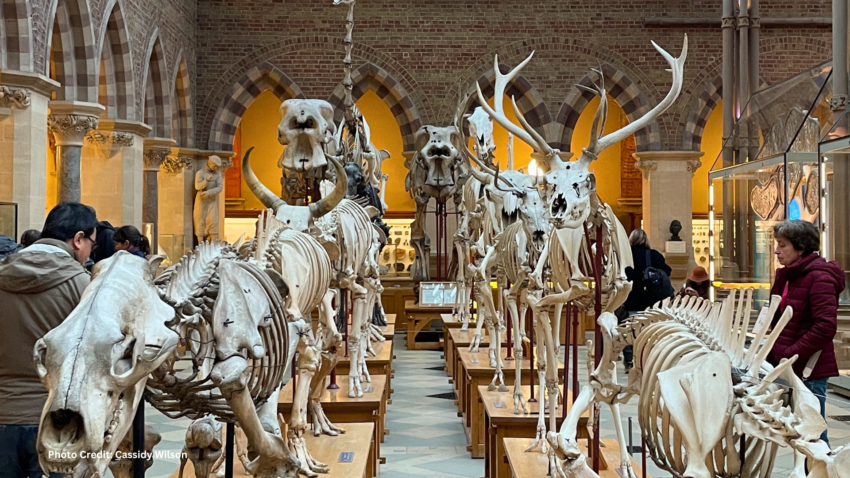
So you’ve been doing your research on Oxford, I see!
My guess is you’re reading this because you’re planning your trip to Oxford and heard about all the famous museums in the city! Well, I have good news for you—most of them are free! Even better, all of them have sustainability initiatives that benefit not only tourists like yourself but also the local community and environment. If you aren’t able to visit Oxford in person, don’t worry—most of these museums have online exhibits that you can explore from the comfort of your home!
After living in Oxford for 4 months as an associate student at Oxford University, I’ve had the pleasure of visiting these iconic museums, known around the world as some of the best on the planet. While there are many free exhibits and collections housed in various buildings and libraries throughout Oxford, this post specifically focuses on my top 8 favorite museums in the city that are FREE of admission! So, here are my top 8 personal favorites that are budget-friendly, suitable for solo travel or families, and have opportunities for you to contribute positively to the Oxford community.
Let’s get started!
1.) Oxford University Museum of Natural History

Coming in at number #1, we have the Oxford University Museum of Natural History. There’s a reason why this museum is ranked as the second most visited university museum in the world. I had wanted to visit this museum since the moment I found out I would be moving to Oxford, and I can confidently say it did not disappoint. Walking in, I felt transported into another world. The architecture and atmosphere alone are worth a visit. The layout is perfect, with just the right amount of exhibits and collections on display to keep you engaged without feeling overwhelmed.
With over 7 million objects in the collection, the museum is home to famous artifacts such as the world’s first scientifically described dinosaur, Megalosaurus bucklandii, and the world-famous Oxford Dodo, the only soft tissue remains of the extinct species. I had the pleasure of taking a special tour to see this dinosaur fossil and review the documented manuscripts of the scientists who found it. The museum holds many free events for the public, from lectures and workshops to family-friendly events and celebrations. You can even get married here or rent out the museum as a venue for a corporate event or party. The faculty and researchers are passionate about their work, and there are many conservation projects that you can read more about on their website. I spent many hours here, particularly upstairs in their sustainable pop-up cafe. Having my coffee and glancing up from my computer to look down at the incredible artifacts on display was a sight I will truly never get over and one I will miss greatly.
2.) History of Science Museum

I know what you might be thinking—science museums are soooo boring… WRONG! I almost skipped out on this museum, and I’m glad that I didn’t because it was such a pleasant surprise and is now one of my favorites. Besides being home to famous pieces such as Einstein’s blackboard (yes, you heard that right), I really loved that this museum had an even balance of historic collections and modern-day exhibits. Overall, this museum does a fabulous job of relating science to other disciplines such as art, communications, religion, etc. This is, in fact, the world’s oldest surviving purpose-built public museum building. I was worried when I first walked in and saw a bunch of sundials, mathematical instruments, and astrolabes, as I personally don’t find these the most interesting. However, after reading about these objects and exploring the rest of the museum, I found collections on early photography equipment, communication devices, and medical instruments that were truly fascinating.
Additionally, the museum has many child-friendly activities, so if you’re bringing your family, I can assure you that all ages will be entertained here. My mind was truly blown, and my favorite artifacts were Lewis Carroll’s personal camera that he used to photograph the inspiration behind the Alice’s Adventures in Wonderland story. As a marketing nerd, I found it interesting to look at the “advertising” or propaganda materials that were used to discuss vaccinations during the early 1900s. They even had an exhibit on COVID-19, showcasing face masks, personal diaries, and more. It was crazy to think that the moments I’ve lived through will now be looked at as a period of history for future generations to learn about in museums. I love that the History of Science Museum also has online galleries and the ability to search their collections databases if you’re unable to visit in person. They also have a fabulous blog that offers a behind-the-scenes look into the artifacts and the people who work to conserve them.
3.) Ashmolean Museum
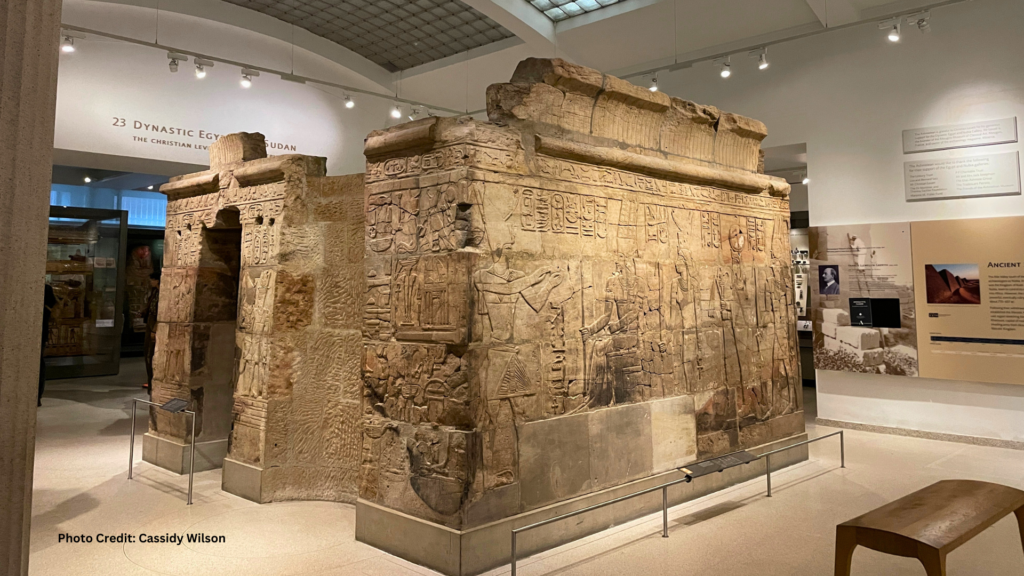
If you’re a real museum junkie, then the Ashmolean is a museum that should be on your bucket list to visit at least once in your lifetime. One of my best friends said this museum was her overall favorite in Oxford, and she spent many days here. That’s because this museum has over one million objects and works of art covering almost the entire span of human history! I won’t lie, for me, this was a bit overwhelming—probably because I only gave myself 2 hours to visit on my last day in Oxford. However, I think if you are strategic about it and visit multiple times, this would be the perfect museum for you. If you ever need a good date idea and are nervous about not having enough to talk about, this is the perfect place to take your special someone! Also, you can enjoy a delicious lunch or an afternoon tea while looking out over beautiful views from their rooftop restaurant.
Every period I’ve ever read about in my history textbooks came to life at the Ashmolean. If there’s a specific time period you’re interested in, you can go directly to that area of the museum. I enjoyed the Life and Death in Ancient Egypt Gallery, which had nested coffins, mummies, and amulets on display. Their conservation exhibit was one of the best interactive collections I’ve seen, showcasing the role that science and technology play in today’s museum practices. They also have an extensive online collection, with more than 112,500 objects available to search. Like all Oxford museums, you can expect fabulous events and community engagement opportunities, and the Ashmolean certainly excels in this category.
4.) Museum of Oxford
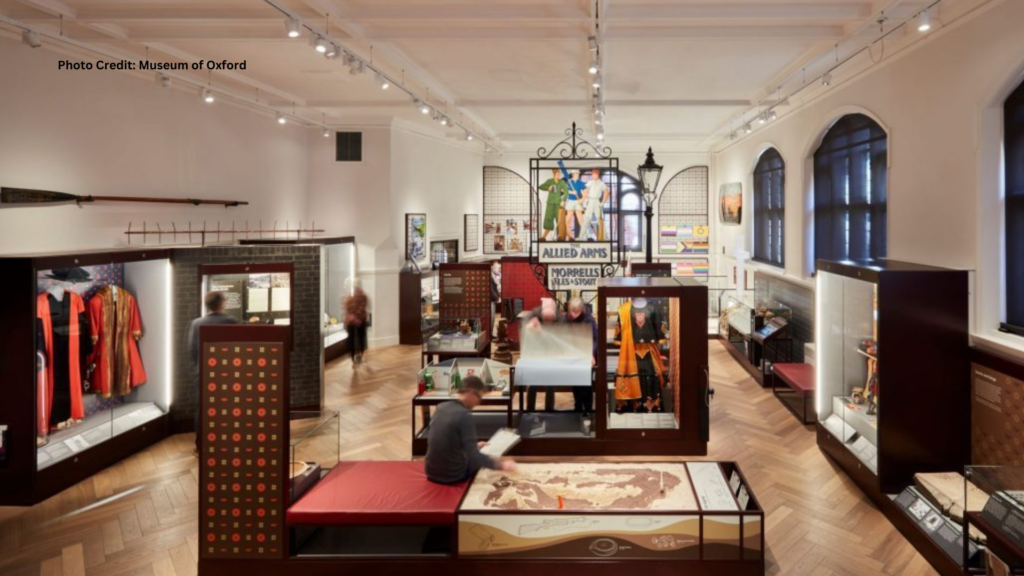
In my eyes, the Museum of Oxford is a hidden gem, even for locals who told me they’d never visited before because they didn’t know its location. It’s a bit tucked away but oddly right in the heart of the city, as it’s housed inside the Oxford Town Hall. Although it’s a smaller museum, the objects on display speak for themselves. When my best friend visited me, I took him here, as this museum is home to many of Lewis Carroll’s belongings (remember I mentioned him earlier?). One of their most popular events is “The Real Alice in Wonderland Walk,” a circular stroll around beautiful Christ Church Meadow with a local historian. The route follows waterside paths that the real Alice (the daughter of the Dean of Christ Church) and Lewis Carroll would take around Oxford.
When traveling, I think it’s essential to visit a museum that focuses not only on the history of the location but also its people. While most of the other museums in Oxford are known for their artifacts that are sourced from around the world, local objects and stories are just as important to preserve and educate others on. This museum is exceptional for providing special events and activities for children and families, and the friendly staff I met were beyond welcoming. Since this is one of the less-visited museums in the area, I loved how quiet and cozy it felt. I didn’t feel rushed and could take my time reading all of the plaques on the display cases. Some objects in their collection to note are the container for growing the fungus Penicillium notatum, as penicillin was discovered in Oxford. If you’re looking for a museum to spend about an hour in, this is the perfect addition to your Oxford itinerary!
5.) Pitt Rivers Museum
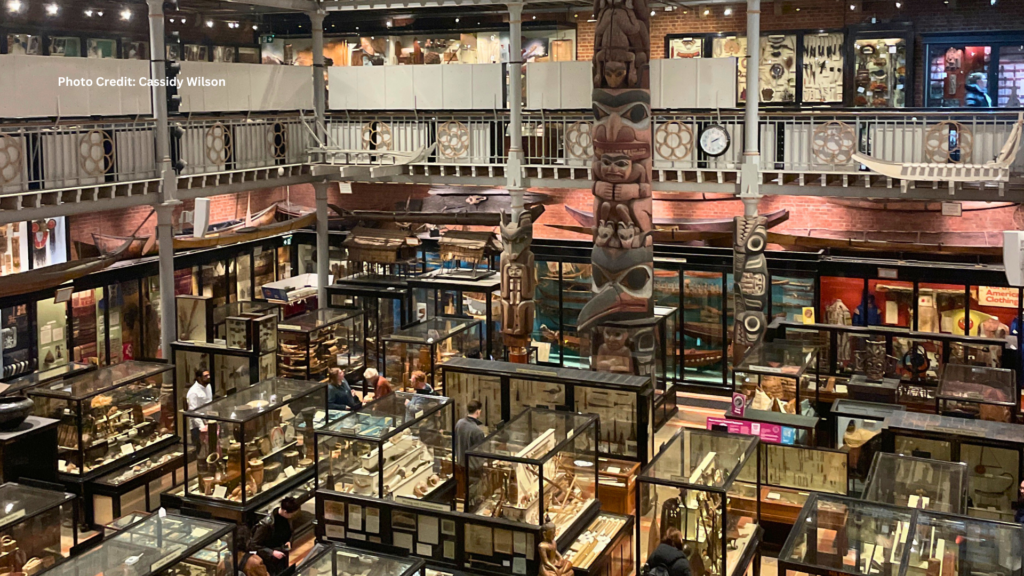
This museum is quite literally a pit—no pun intended! I may or may not have looked like a deer in headlights when I walked into this museum. It’s actually tucked off the back corner of the Natural History Museum. It looks like a small, separate room at first glance, but once you step in, you will forget where you are in perspective with the rest of the world! If you get easily overwhelmed or don’t like tight spaces, I don’t recommend visiting this museum. However, if you like a bit of a challenge and want to feel like you’re solving a puzzle, this museum is quite fun in that regard. Even if you don’t want to spend hours going through the collections, I suggest you at least step inside, as it really is one of the most beautiful and unique museums in the world. As I weaved in and out of the glass cases, I started to look around and noticed that people were pulling out all the drawers within the exhibit cases! That’s right—there are even more items on display, but only if you know where to look 😉
This was quite fun, as some of my friends saw items that I didn’t see, and it made me want to come back and keep exploring. The museum’s exhibits include a wide range of objects, such as weapons, musical instruments, masks, textiles, jewelry, medicine, photographs… quite literally everything. Personally, I was fascinated by looking at the objects in each of these categories that represented animals and nature. I saw everything from how hedgehog skin was used to make medicinal herbs to how seal intestines were used to line cloaks that people wore in Alaska to keep warm. There were even amulets and charms on display that farmers would make their livestock wear to protect them from disease. They also have the heart of a deceased person on display, which is contained in a heart-shaped cist and was found in the oldest church in Ireland. So, when I say you will find anything and everything in this museum, you will! With many amazing conservation initiatives to categorize their collections, they also have opportunities for the public to engage with their current research and support their projects.
6.) The Oxfordshire Museum
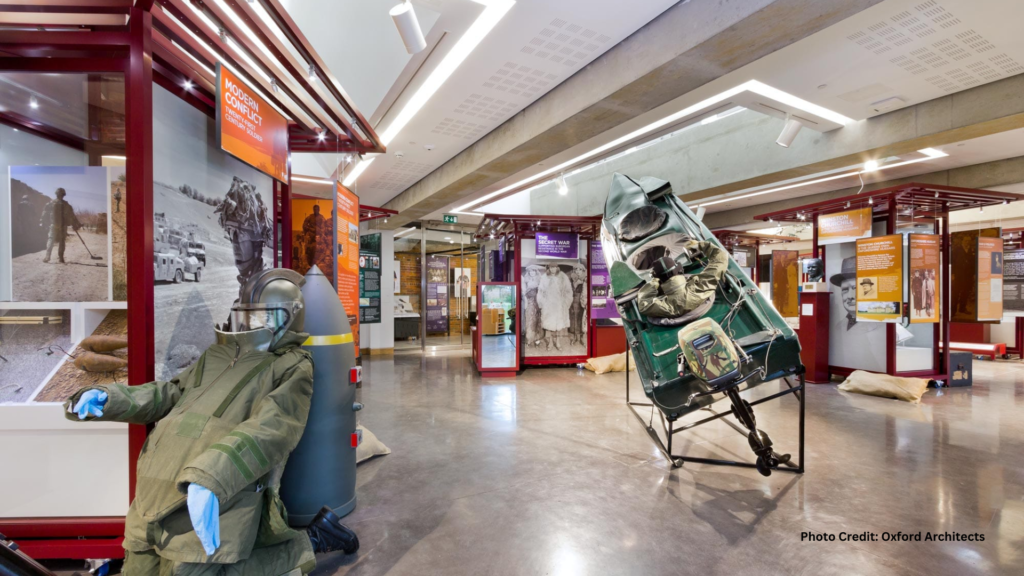
While I unfortunately didn’t have the opportunity to visit this museum during my time in Oxford, it’s because I didn’t know it existed! Therefore, I wanted to include it on this list to raise more awareness of it, as it is a lovely, free museum that is worth visiting. Their archaeological collection stands as a testament to the ingenuity and resilience of past civilizations, offering visitors an engaging journey through time. From ancient Roman relics to Anglo-Saxon treasures, each piece tells a compelling story of life in Oxfordshire throughout the ages. To visit the resource center and these collections, you’ll actually need to contact them to make an appointment. So, if you’re only planning on being in Oxford for a short time, you’ll want to book your appointment in advance to ensure availability. Keep in mind that this museum is a bit outside the city center, specifically near Blenheim Palace. This museum is also known for the skills and crafts workshops they often hold and for hosting community events like art competitions.
7.) Modern Art Oxford
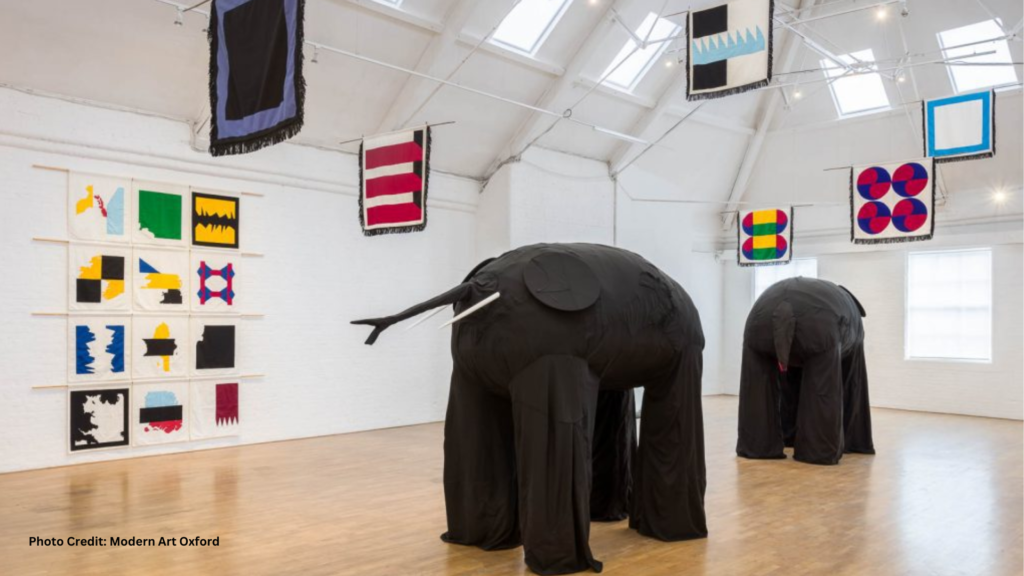
I’ve heard amazing things about Modern Art Oxford, and while I did have a chance to visit, it was during a period of construction. This restoration project will create a completely redesigned welcome area, a new ground-floor gallery, an artist-designed café, and an expanded creative space. For this reason, I was only able to visit their cafe and gift shop, but those didn’t disappoint! For locals in Oxford, their inside café is a spot you NEED to add to your coffee list, as it has a cozy atmosphere and offers budget-friendly drinks! Part of museum conservation is redevelopment, and while it may cause an inconvenience to your trip, it’s important that as locals and tourists we think about the big picture: the museum is going to be better in the future and more enjoyable for you after it’s restored! One thing I particularly love about Modern Art Oxford is their MAO Studio, their online community space where you can delve deeper into their programs, share creative projects, and join conversations. It is free to sign up and join, and it’s a platform I’m eager to explore!
8.) Oxford University Press Museum
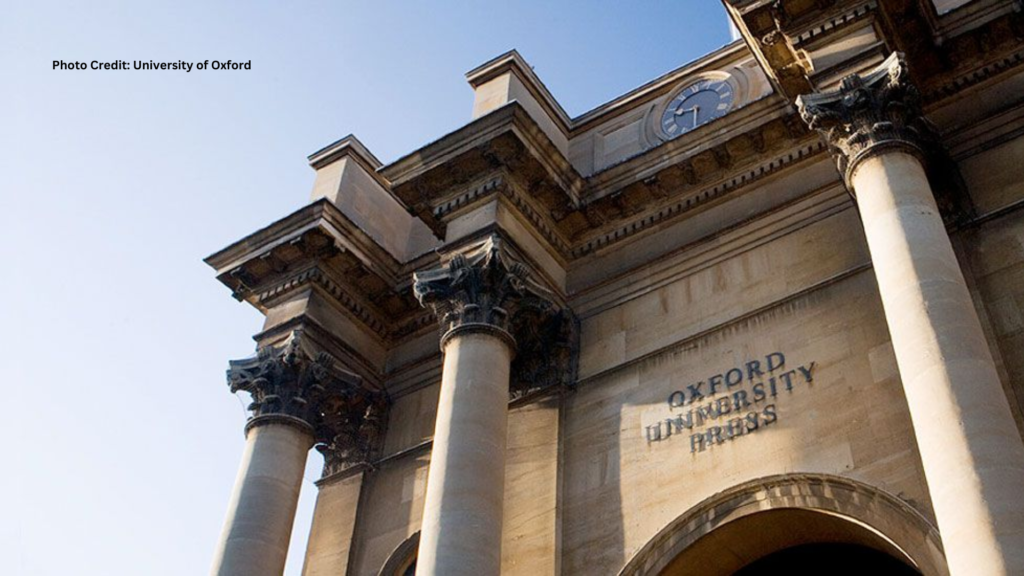
I genuinely can’t believe I lived about 3 minutes from the Oxford University Press and didn’t know they had a museum inside until I started writing this blog post! I walked past this building multiple times a day and always wanted to go in, but I didn’t know it was open to the public. Oxford University Press welcomes visitors to its museum, tracing the history of the University of Oxford’s involvement in printing and publishing from the fifteenth century to today. It’s important to note that all visits must be booked in advance. The museum includes displays on printing equipment, such as seventeenth-century Fell types and a nineteenth-century printing press. It also includes displays on key publications such as the Oxford University Almanack, Alice’s Adventures in Wonderland, and the Oxford English Dictionary.
So there you have it!
My top 8 museum recommendations to check out in Oxford that are not only budget-friendly but also sustainable. Museums are some of the best “attractions” to visit when you are traveling to a new destination. They offer a cost-effective, authentic, and engaging way to learn more about the history and people of the destination you’re visiting.
Until next time,
Cassie 🙂